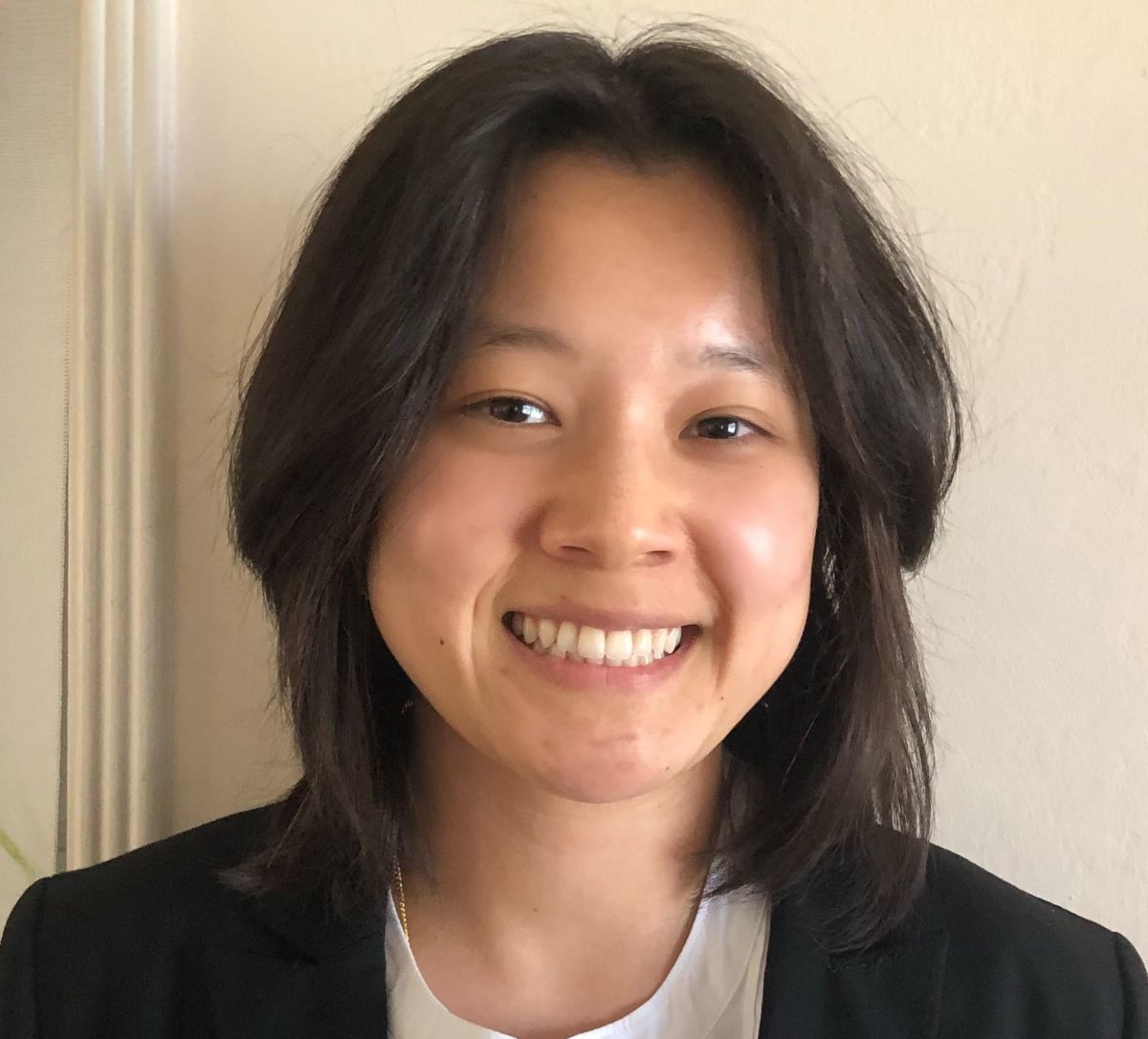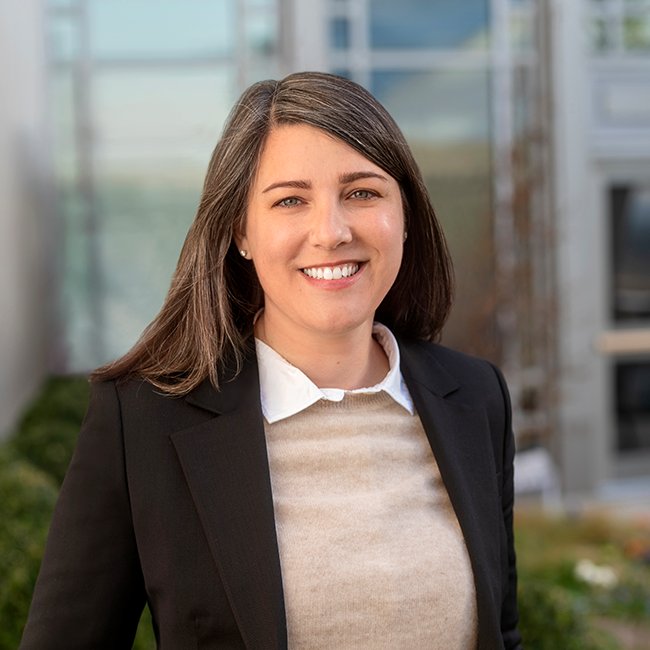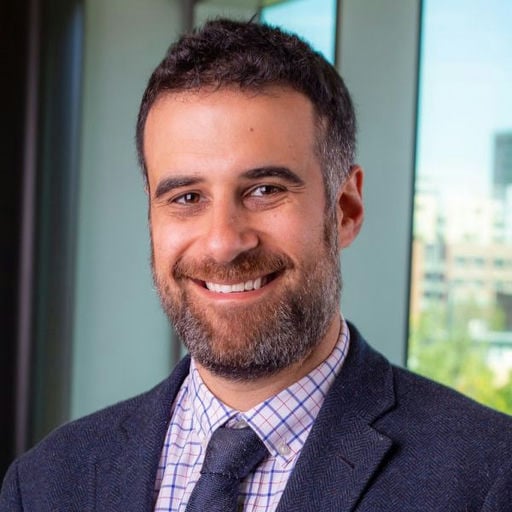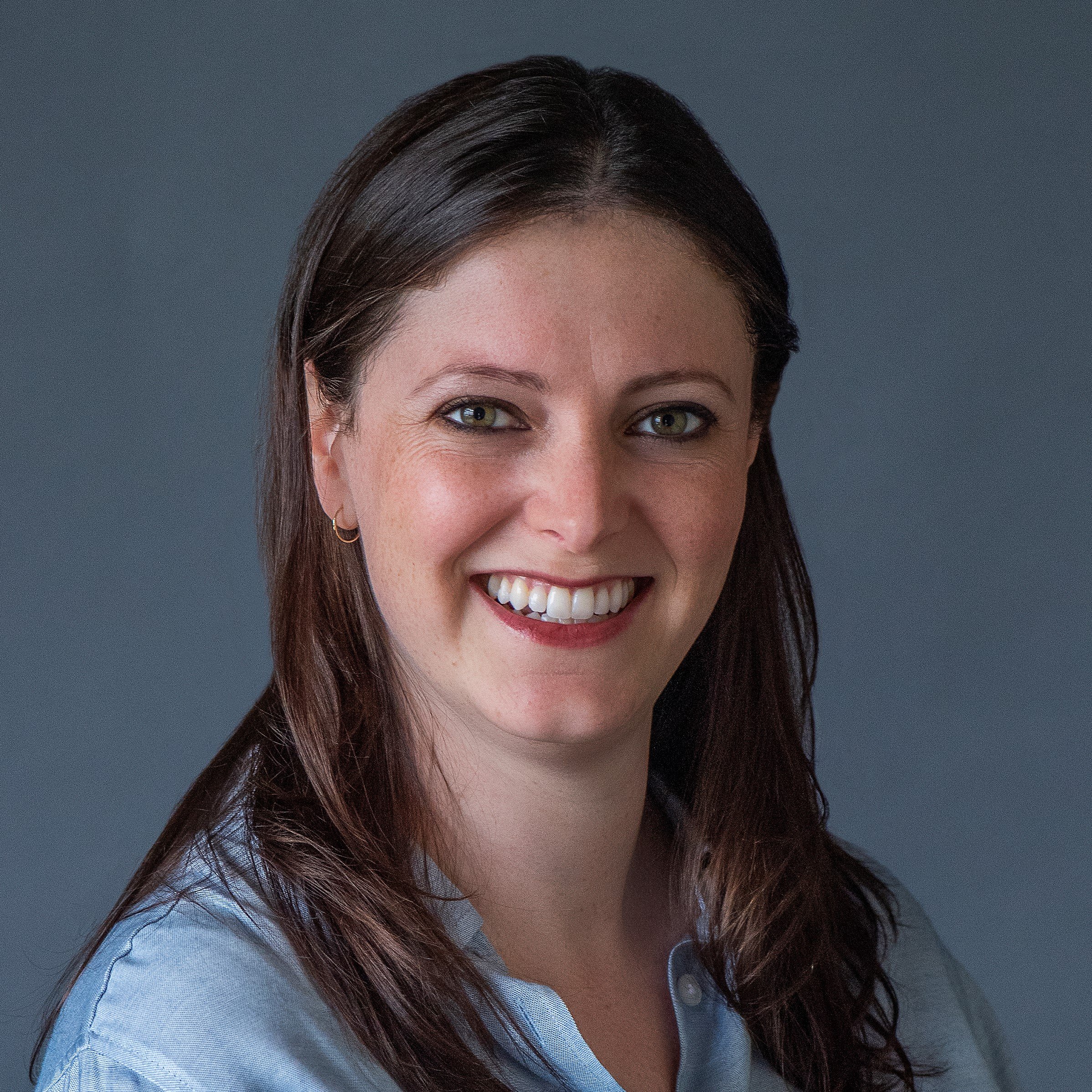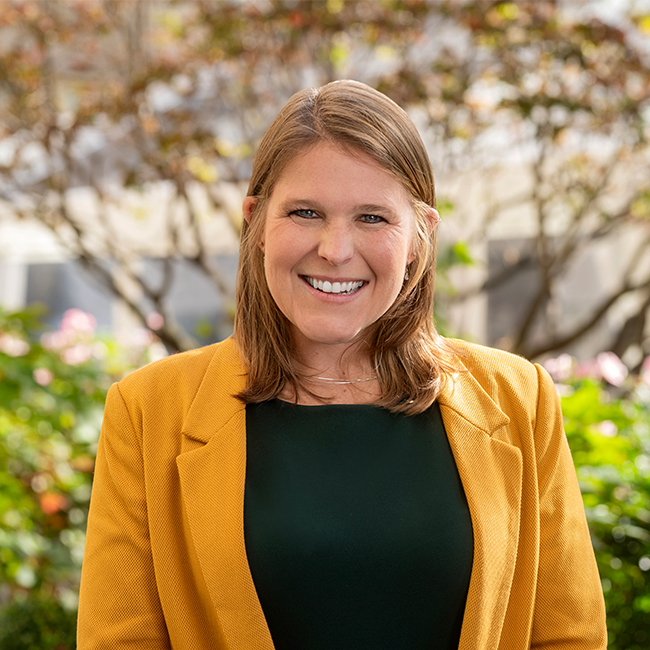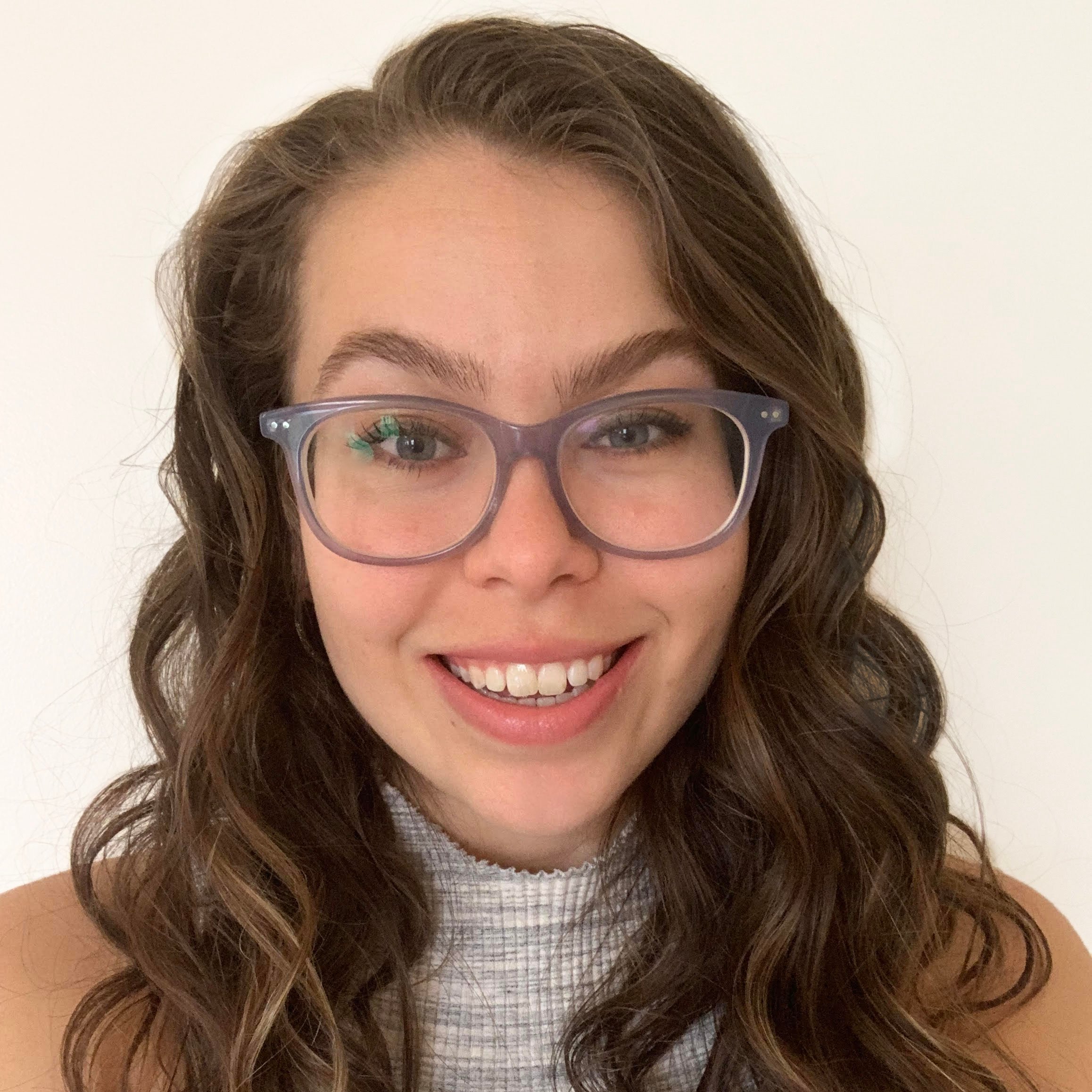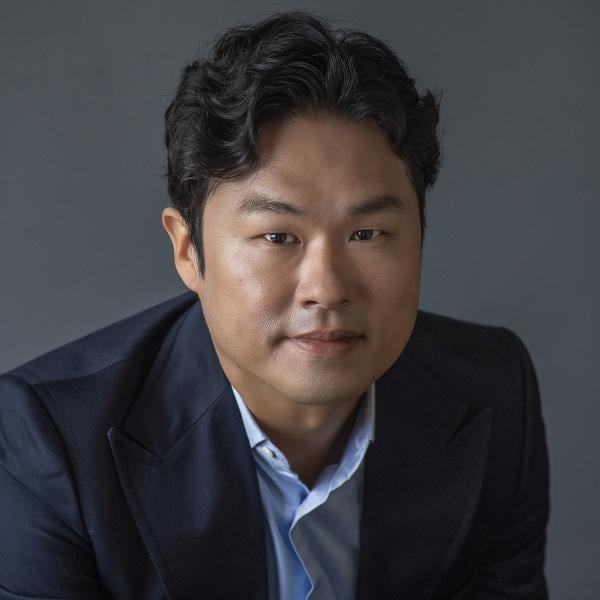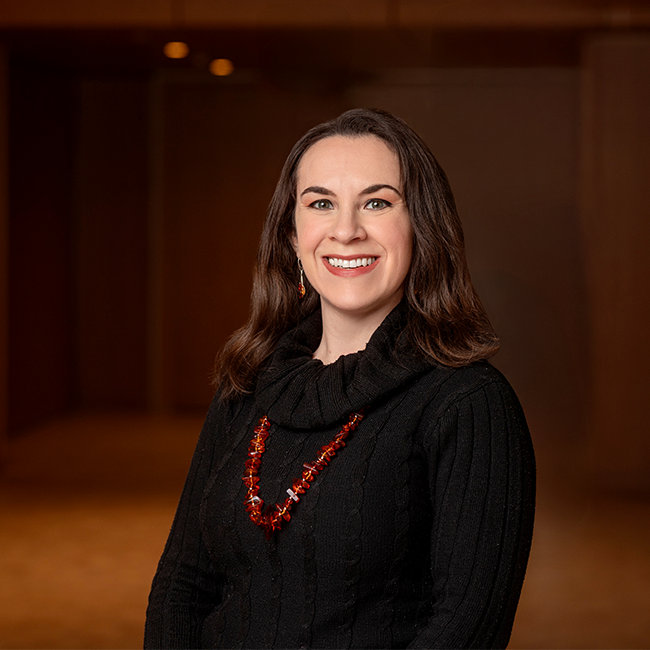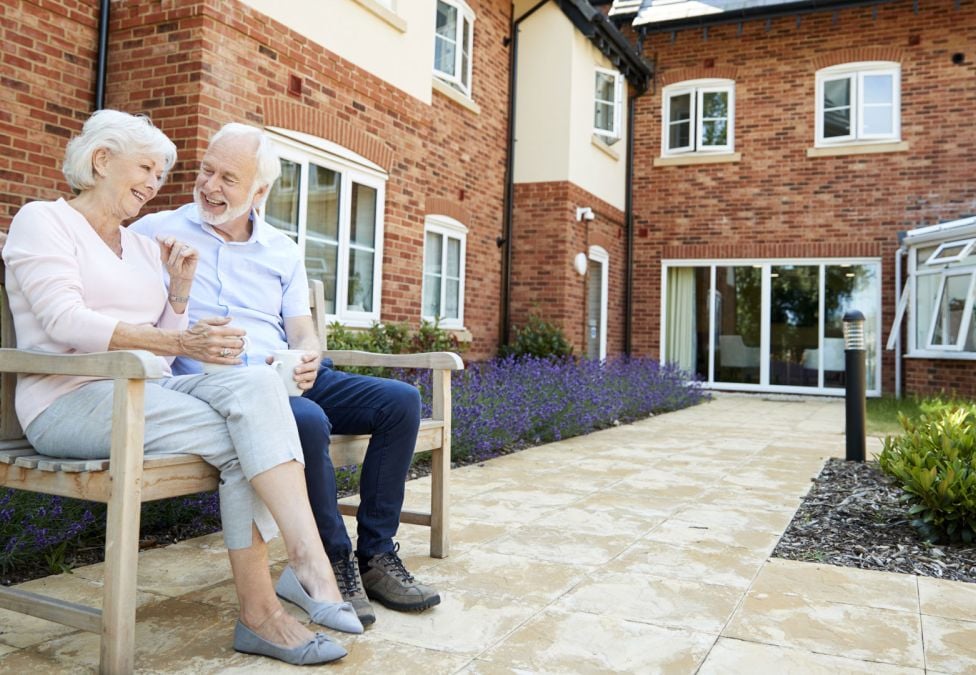
The UN International Day of Care and Support serves as a reminder of the contributions and burdens of both paid and unpaid care workers. As the older adult population grows, it is vital to invest in a robust care economy that promotes the well-being of both caregivers and recipients alike.
The United States is on the brink of a demographic shift that will change the landscape of senior housing and care. According to a report published by the United States Census Bureau, by 2034, for the first time in history, Americans aged 65 and older will outnumber those under 18. The older adult population is expected to reach 80 million by 2040. Among them, nearly 16 million will be classified as middle-income—those earning between 80 percent and 120 percent of their area's median income—almost double the number from 2018, as reported by NORC at the University of Chicago. Nearly 75 percent of these individuals lack the financial resources to afford current private-pay senior housing options, like assisted living, without selling their homes, and 39 percent cannot afford senior housing even with home equity.
Coined the “Forgotten Middle,” these older adults are caught between two ends of the housing spectrum. They earn above the threshold to qualify for Medicaid benefits or low-income housing subsidies yet are unable to afford the high rent of many retirement communities. Public funding and government programs alone cannot address the needs of this rapidly growing group; the private sector must step in to bridge this widening gap in affordable senior housing supply.
Several obstacles deter private investment in middle-income senior housing. High development and operating costs, combined with lower profit margins, make these projects less attractive to investors when compared to the high revenues generated by luxury developments. Traditional lenders may view these projects as higher risk due to the narrower margins, making it difficult to access low-cost loans. Additionally, land requirements, labor expenses, and integrating value-based care models into the development add complexity and cost.
Despite these challenges, innovative financing strategies offer a path forward as detailed in Innovative Financing and Care Models to Scale Affordable Housing Solutions for Middle-Income Older Adults:
- Establish social enterprises to rehabilitate distressed properties into affordable senior housing developments. Many senior housing facilities are underutilized due to financial strains, especially those exacerbated by the COVID-19 pandemic. By forming social enterprises—a blend of for-profit efficiency and nonprofit mission alignment—senior housing operators can partner with lenders to acquire, refinance, and rehabilitate these properties into middle-income senior housing. This approach preserves existing housing stock and accelerates the availability of affordable units.
- Design revolving loan funds to provide a sustainable capital source. A revolving loan fund offers a pool of money from which developers can draw low-interest loans to support development and ongoing operations. As loans are repaid, funds are reinvested into new projects.
- Implement pay-for-performance models. In these arrangements, foundations, health insurance companies, or impact investors, for instance, pay upfront for development or other operating costs. Investors are repaid if predetermined outcomes are achieved, such as reducing health care expenses through providing high-quality care and living environments. Since health care payers benefit from lowered long-term costs, this model can align those financial incentives with social impact.
- Start regional pilot programs to demonstrate the economic value of integrated care in senior housing. Operators, health care payers, and technology companies in a specific region can partner to streamline data collection, standardize existing datasets, and share findings on health outcomes and cost savings. Uniformly tracking metrics such as hospital readmission or medication adherence can demonstrate the tangible social and financial benefits of value-based care, improving residents’ quality of life and attracting additional private investment.
Investing in affordable senior housing for middle-income Americans is not just a social responsibility—it makes economic sense. The demand is undeniable: Millions of seniors will require housing solutions that neither the luxury market nor government programs currently provide. For the private sector, this is a substantial market with the potential for stable, long-term returns.
The convergence of demographic trends and market gaps presents a timely and compelling opportunity for private investors. Equipped with the recommendations proposed above, the private sector can unlock significant value for themselves and for millions of seniors who deserve quality, affordable housing options. The "forgotten middle" need not be forgotten any longer.
